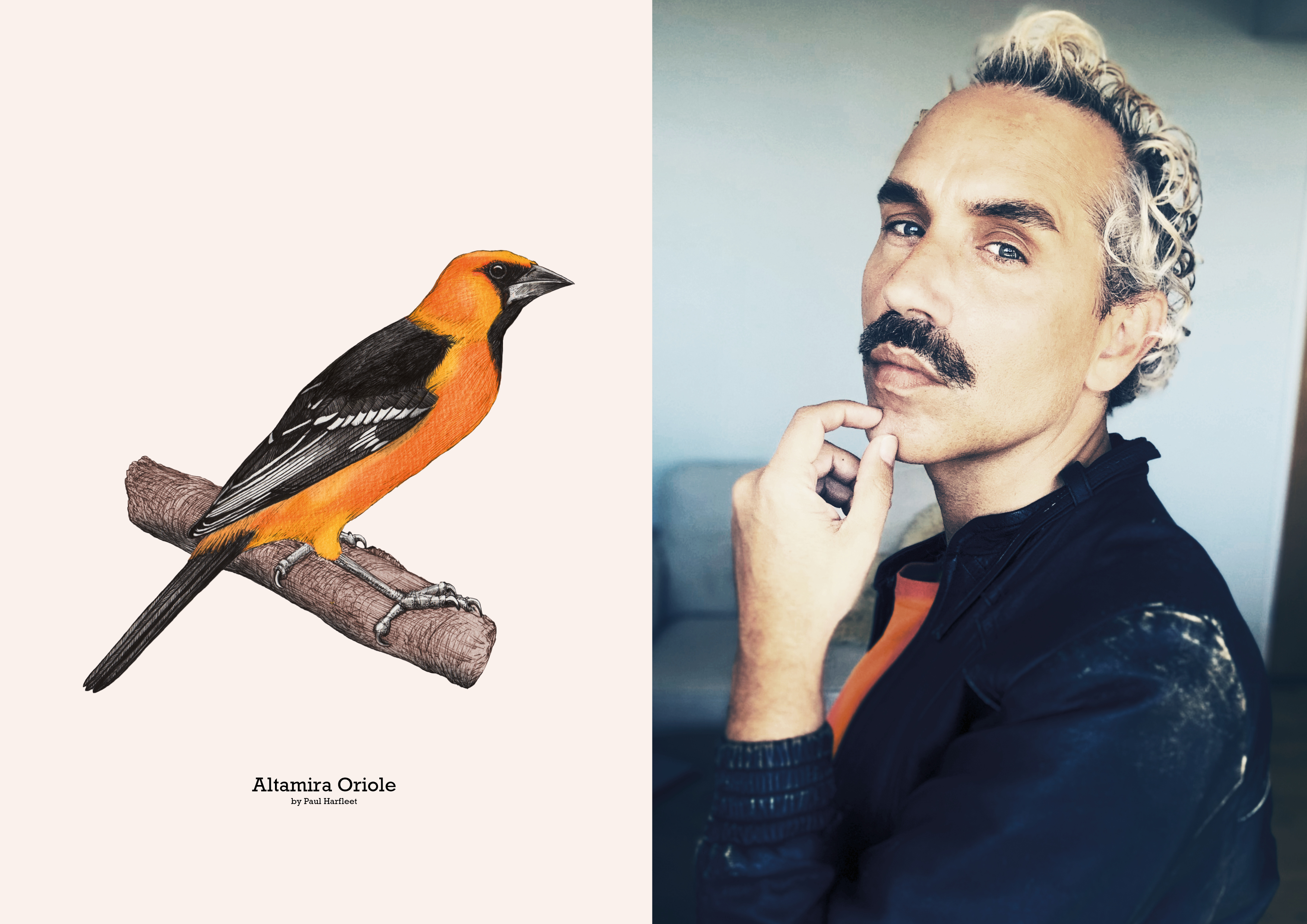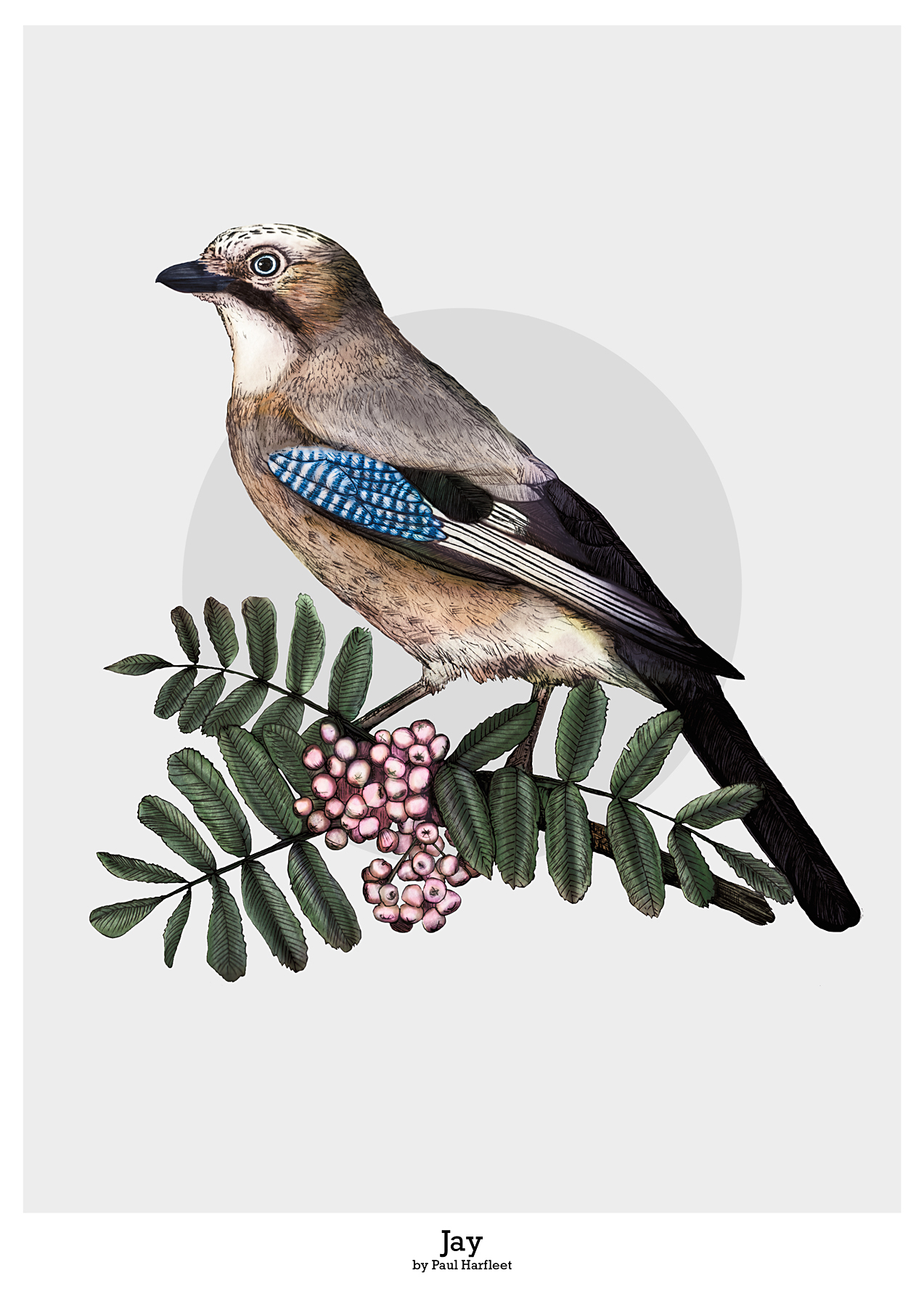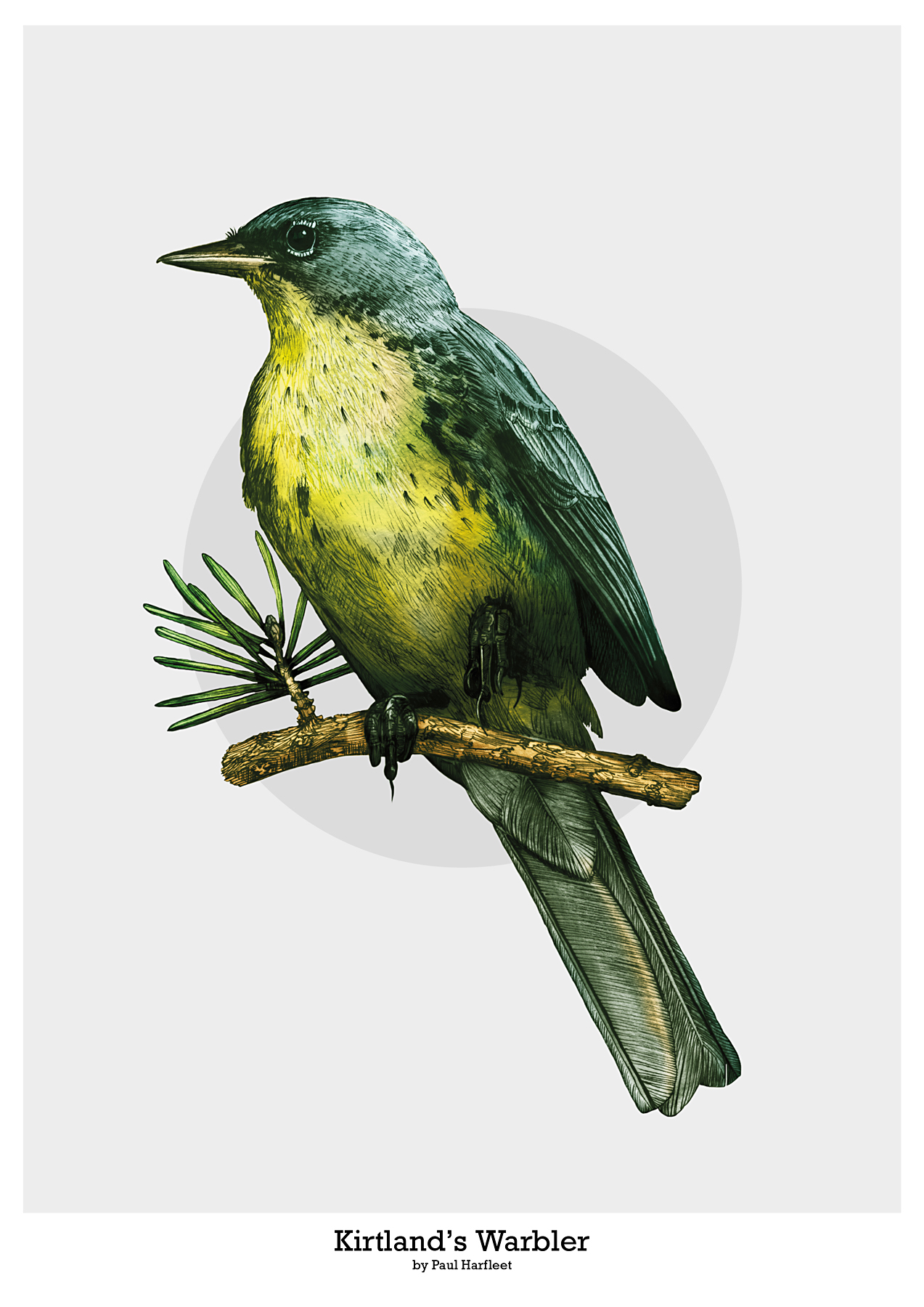"My intention was to punctuate timelines with an alternative to the growing horrors of the pandemic, instead filling it with stories of a consoling interest in bird watching during this crisis, reflected in the messages of support and encouragement I received during lockdown."
Birds Can Fly is a symbolic title that addresses the potential for flight that the birds depicted here summon. Their closed wings, perched and waiting to escape, are a metaphor for a population temporarily caged.
My artistic practice has focused on The Pansy Project for the last 15 years; I plant pansies at sites of homophobia and transphobia. It is a politically and socially engaged project that explores the way we navigate cities as an LGBTQ+ community. As soon as the lockdown in the UK was announced and in the face of cancellations and delays of most of my forthcoming work, I was bereft of motivation. I felt I had to reconsider my function as an artist in the midst of a global pandemic.
Housebound, and feeling emotionally blank and overwhelmed, I eventually began to consider what work would be relevant to a changed world. As I sat in my apartment overlooking a clearer, quieter London skyline, I noticed the birds more than ever, and my passion for ornithology reemerged. I began drawing the birds I could see from my window. Comforted by the process, I asked my social media followers if there was a bird they’d like me to draw for a potential book. I expected a little flutter of interest.
Paul Harfleet
Tui, 2020
What emerged was a wide variety of requests for bird drawings. Requests were often accompanied by an anecdote explaining their choice. I began drawing a bird for my followers. Most days now have a disparate collection of ornithological favourites, drawn in pen and coloured in Photoshop. This creates an online network of bird-lovers, sharing stories of the birds they love on Facebook, Instagram, and Twitter. My intention was to punctuate timelines with an alternative to the growing horrors of the pandemic, instead filling them with stories of a consoling interest in bird watching during this crisis, reflected in the messages of support and encouragement I received during lockdown.
Paul Harfleet
Jay, 2020
In New York, on the 25th of May in the midst of the crisis, Christian Cooper went to Central Park to go birding. What transpired was a racially motivated event. Amy Cooper called 911, suggesting she was being attacked by an African American man after an altercation about a dog and a leash. She weaponised her racism and a backlash ensued. This happened on the same day George Floyd was murdered by police officers in Minneapolis, resulting in a much needed escalation of the #BlackLivesMatter movement.
On social media, as #BlackBirdersWeek emerged in response to the events in Central Park, I wanted to draw a Kirtland’s Warbler in solidarity. Cooper mentioned the bird in an interview with the New York Times. This led me to research the symbolism of birds in popular culture. I began exploring the personal and political meanings of birds, and I am developing research into the naming, categorisation, colonisation, capture, and breeding of birds throughout history. This research bolsters the reading of the birds posted on social media, and the personal and political become entwined.
Paul Harfleet
Kirtland’s Warbler, 2020
What began as a personal consolation for my own mental turmoil has (according to the messages I’ve received) offered some solace my followers online. I am acutely aware of how lucky I am during this time, and I’m hugely grateful to have the luxury of expressing myself creatively whilst others struggle to survive. My motivation as an artist has returned and, in some small way, I hope these drawings contribute to the creative response artists are driven to make in troubled times
Artist bio
Paul Harfleet plants pansies at the site of homophobic abuse; he finds the nearest source of soil to where the incident occurred and generally, without civic permission, plants one unmarked pansy. The flower is then documented in its location, and the image is entitled after the abuse, a frequent reality of LGBTQ+ experience, which often goes unreported to authorities. This simple action operates as a gesture of quiet resistance; some pansies flourish, others wilt in urban hedgerows. During his visit to the Spencer Museum of Art in Spring 2018, he planted pansies on sites in Lawrence, Kansas, and at KU and shared his work through a pansy giveaway and a reading of his book, Pansy Boy.




